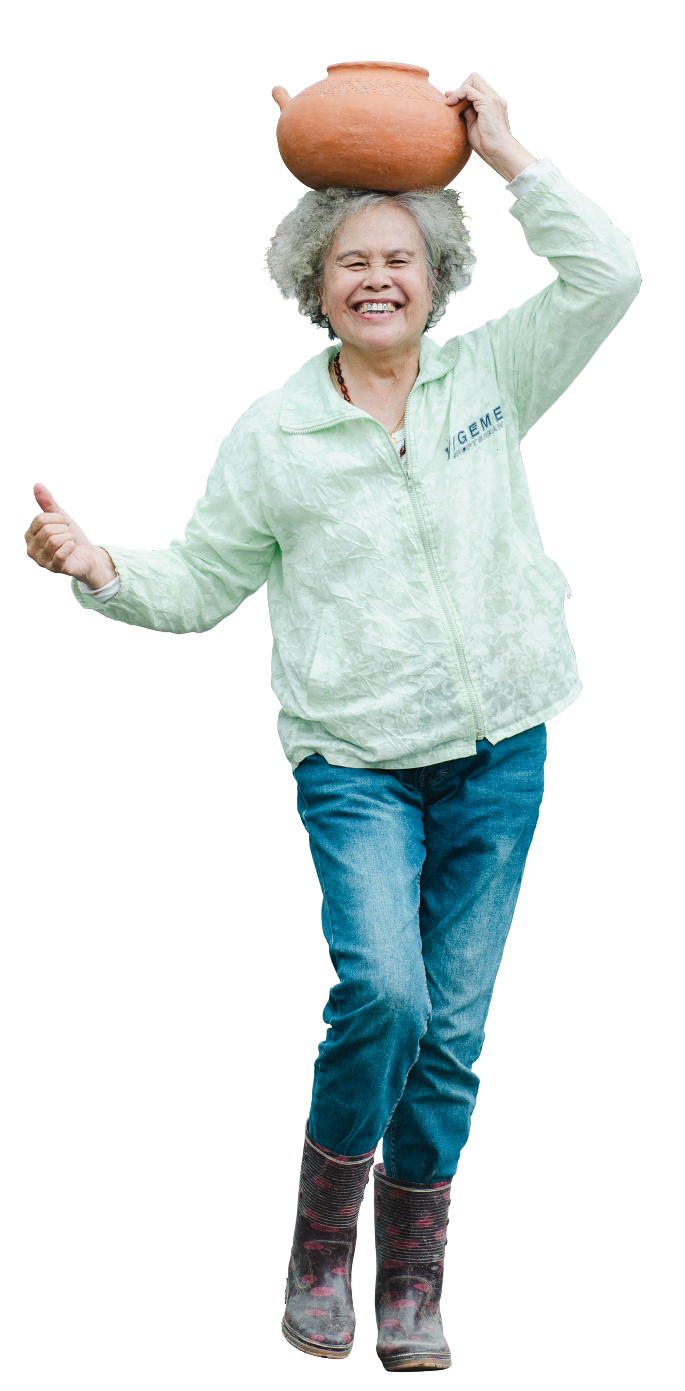
Afo' Olaw, 73-years-old
Chief instructor at Mao’laway Studio
Inheritor of the Pangcah pottery-making culture
When Afo’ was young, her ina who was very stern would always call on her to do all kinds of chores. In grade 2, she had to carry on her head a ceramic pot weighing quite a few kilos and walk a long way to get water from the spring, or help her ina pick out the weed and pebbles from the black clay to be used for pottery making. The only time children are not called on to help is when inas are making all kinds of potteries with the neighbor. Grown-ups might even shoo the children aside, getting them out of the way. But even if she was not part of the process, Afo’ memorized the gestures and patting movements by heart simply by watching.
A few decades later, Afo’ has become an ina with 3 children herself. The potteries that were used to carry water, steam red sticky rice, or drink wine from were long broken, slowly replaced by vessels of aluminum, plastic, and glass one after another. For a while, the orange-pink potteries became extinct in the indigenous community. When the September 21 earthquake struck in 1999, the disaster traumatized Afo’ so much that she needed something to focus on instead. That was also when she met Hong Ming-De, who was teaching pottery making at the Tafalong Elementary School in Hualien County and creating ceramic arts. While learning pottery making from Mr. Hong, childhood recollections of watching ina making pottery came back to Afo’, and those potteries and skills were precisely what is documented in literature as the long-extinct “Pangcah Pottery”.
Note: ina , “mother”in the Pangcah language.
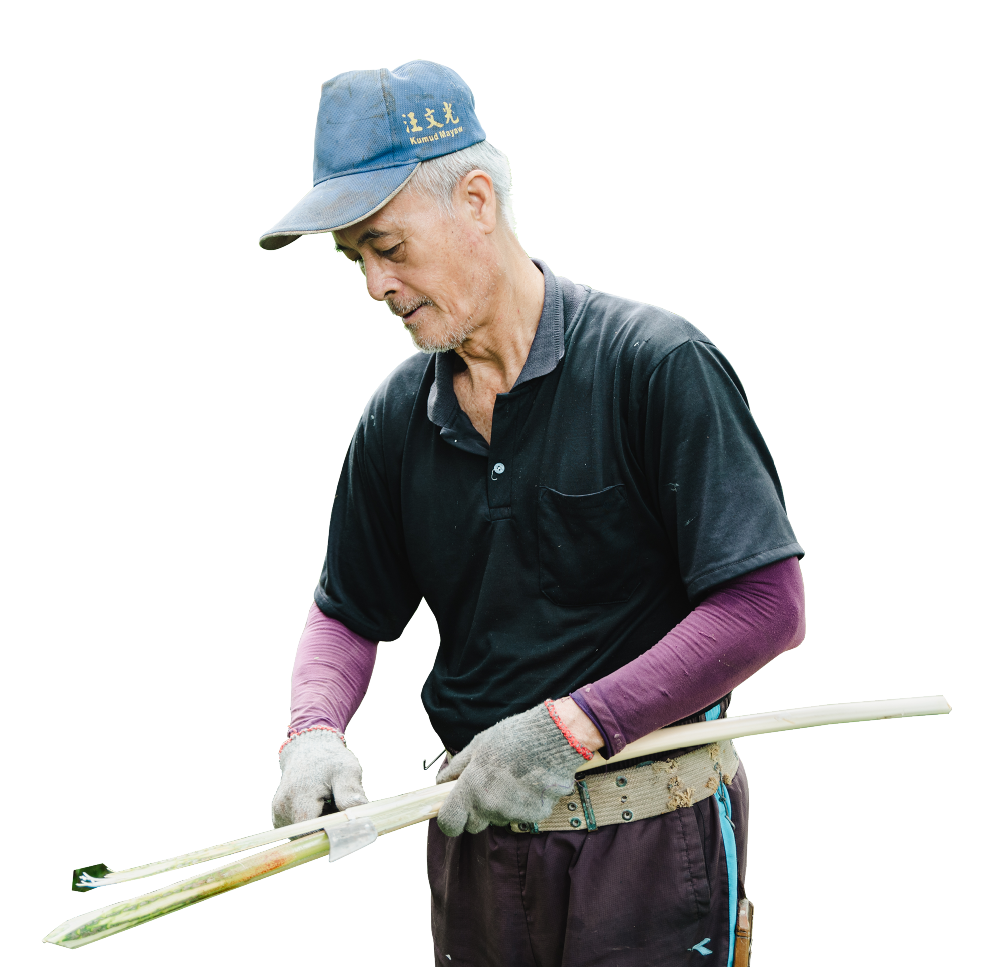
Kimsoy Lo'oh
Husband of Afo'
Expert in rattan gathering
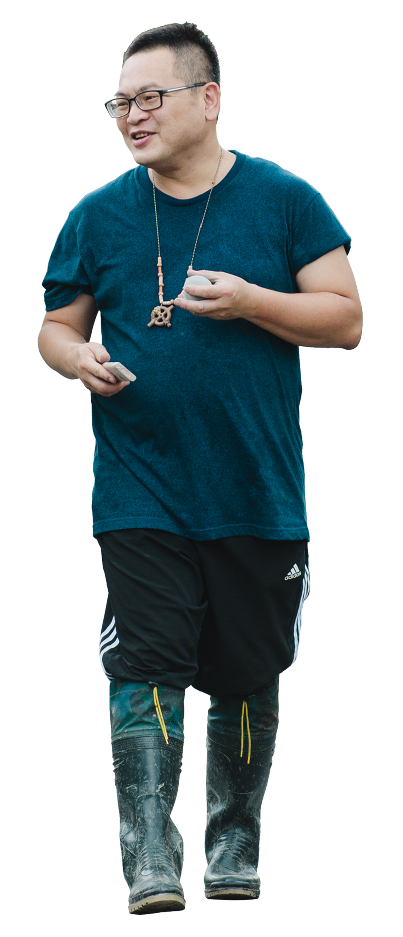
Foday Payrang
Child of Afo'
The only younger person with traditional pottery-making skills in the Tafalong Community
A baker, excels at connecting pottery making with baking
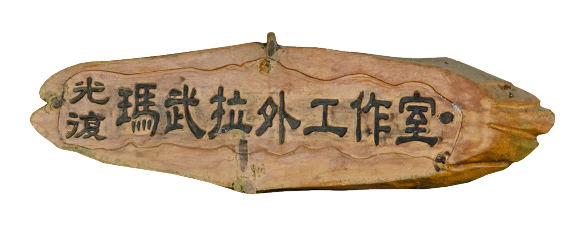
“Pangcah Pottery”, namely potteries made by the Pangcah, can be categorized as vessels for “daily” use and “ritual” use. The former includes water jugs, rice pots, ceramic yans, and wine bottles, each with its specific function; the latter refers to the cup used to pay tribute to the spirits and ancestors in rituals. Makers of Pangcah pottery are mainly women. They only make potteries once a year for the duration of one week, sometime between the time the seedlings for the second crop season have been planted and before the rice is to be harvested. The entire process includes collecting the soil, filtering out the impurities, processing the clay, shaping and making, and firing. Since it is very time and labor-consuming, women tend to make use of the time between farming to make the various vessels required at home, mainly for their own use, and only exchange with other indigenous communities when there are extra.
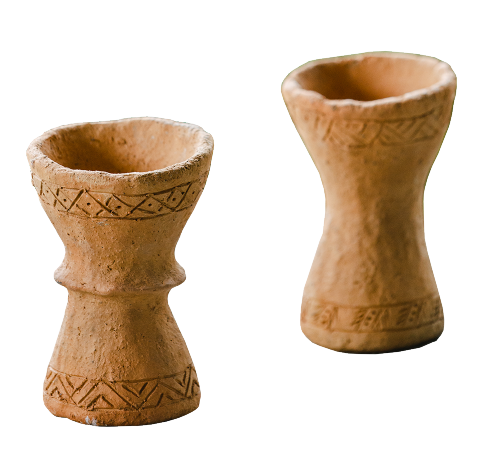
With aluminum vessels gaining popularity, the Tafalong Community has not produced any potteries since the 1960s, and the Pangcah pottery was almost buried in history. Fortunately, Afo’ was there to witness the last generation of pottery making as a child, and with her childhood recollections as well as learning from the Fakong Community, not only did she retrace all the steps of ancient pottery making, but she set up the Mao’laway Studio, aiming to pass on the skills of Pangcah pottery.
Note: Mao'laway , “ancient” in the Pangcah language.





